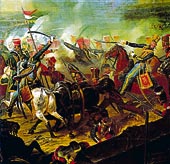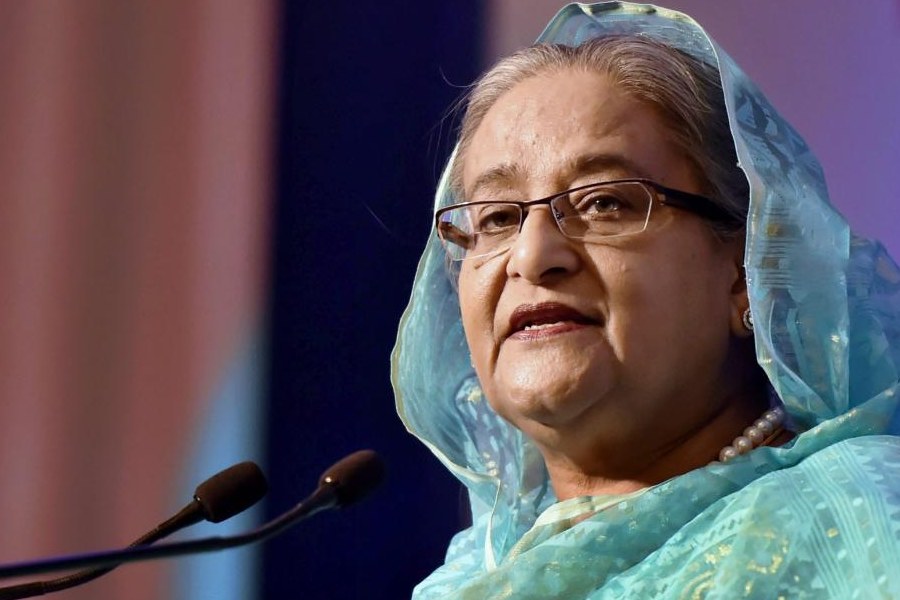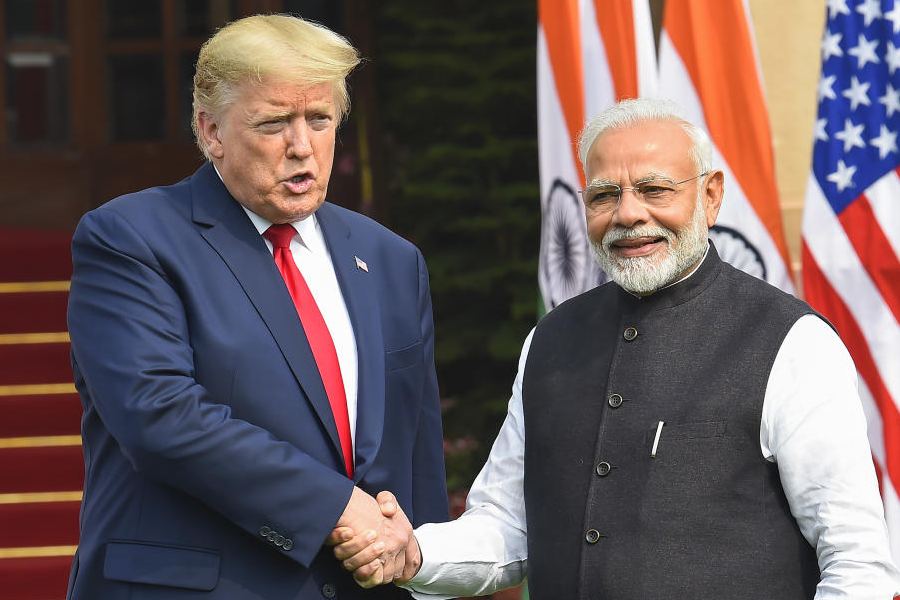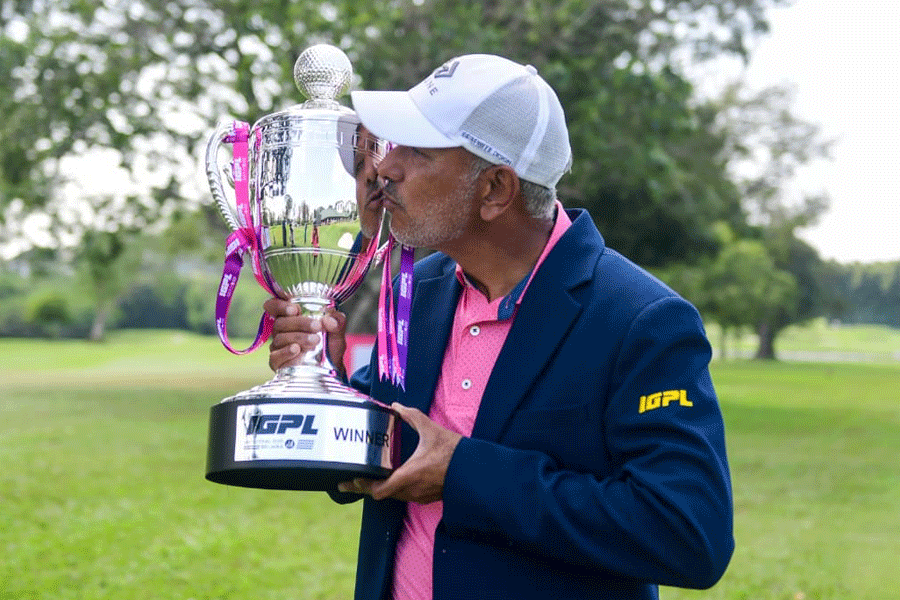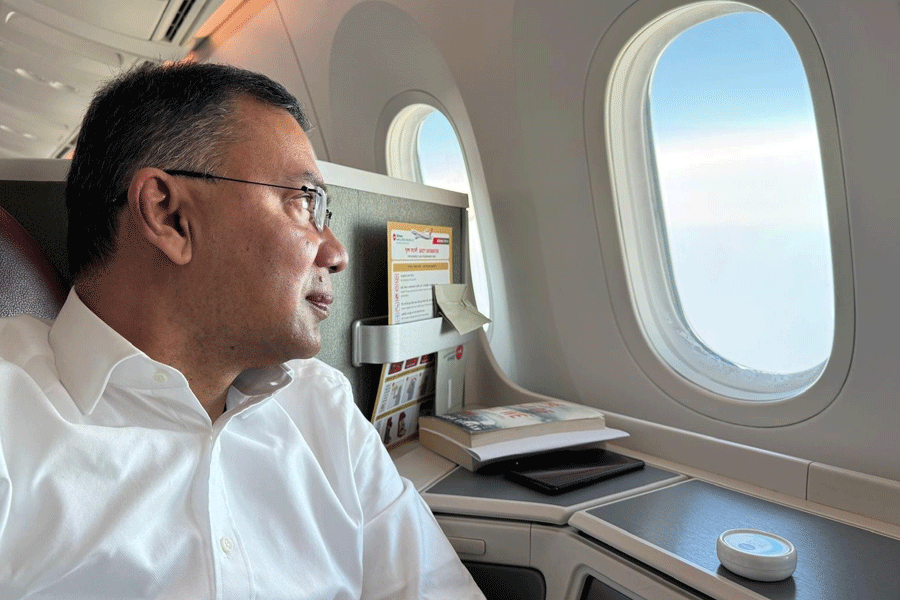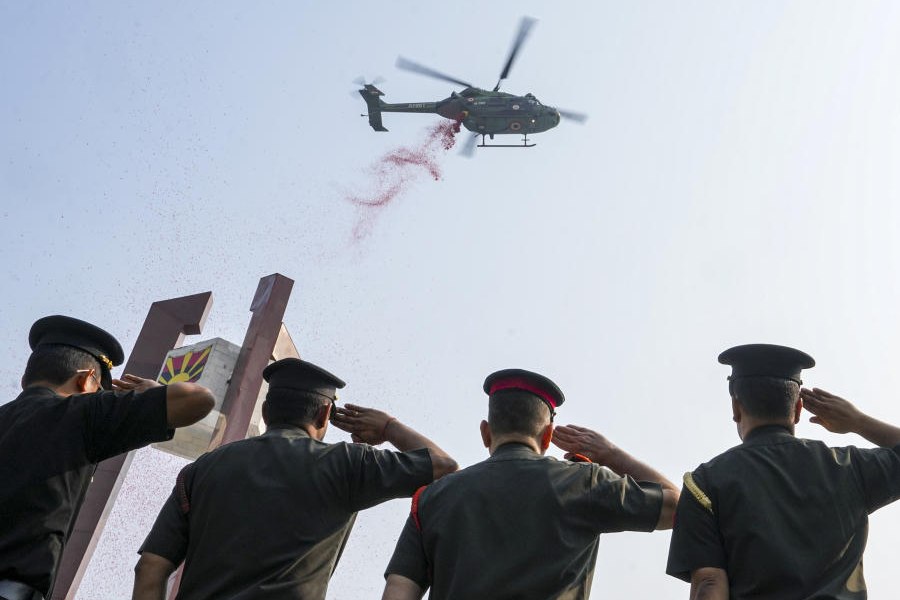WATERLOO: NAPOLEAN’S LAST GAMBLE By Andrew Roberts,
HarperCollins,
£7.99
 |
| Battle-weary |
No other military battle has brought forth as many quips as the Battle of Waterloo which was fought on June 18, 1815, between Napoleon’s army and an Anglo-Prussian army led by the Duke of Wellington. The duke was to say later that the battle had actually been won in the playing fields of Eton. Immediately after the battle, he remarked that it had been “a damned nice thing — the nearest run thing you ever saw in your life.” He then added with a dash of characteristic arrogance, “By God, I don’t think it would have done if I had not been there.”
In this short and crisp book, Andrew Roberts, whose historical imagination has obviously been captured for a very long time by Waterloo, provides a detailed analysis of the battle that ended Napoleon’s career. During a battle, so much takes place simultaneously spread over the battlefield. It is not easy to configure so many discrete actions into a coherent narrative. Making sense out of a battle’s confusion is a military historian’s most important task. Roberts does this admirably well.
He divides up the battle temporally into five phases. The battle began late because of the heavy rain the previous night. Napoleon’s guns moved slowly and he was reluctant to begin his bombardment till his guns were in place. This gave Wellington the time to survey his troops and the French deployment. He did this from under an elm tree just in front of his troops. The critical issue in the first phase of the battle was the defence by the British troops of the chateau and outbuildings of Hougoumont which was situated on a slight rise to Wellington’s centre-right. This prevented Napoleon from making any flanking movements and exposed his troops to fire from the side. All French efforts to take this building failed.
The second phase turned upon a massive infantry assault by Napoleon. The honours here were even, and the assault failed to turn the balance distinctively in favour of the French. By the time the second phase ended, it was late afternoon, around 3 pm. During this phase, the French had their first and perhaps only concrete success: they managed to capture La Haye Sainte, whose possession had become a strategic necessity. Napoleon followed this up in the fourth phase by attacking Wellington’s centre. To strengthen this assault, he threw in around 6 pm — thus beginning the final phase of the battle — his ace, the Imperial Guard, his crack troops.
By this time, however, Wellington’s forces had been reinforced by the arrival of the Prussian troops. Napoleon hoped that his crack troops would be able to render a coup de grâce as they had done so often in the past. Wellington was prepared and the Imperial Guard regiments were repulsed with massive losses on both sides. Their retreat sounded the last post for Napoleon’s grand design to control Europe.
It was a carnage which had moments of great courage and chivalry. But the situation was imbued with irony. Napoleon had insisted before the battle that the whole business would be “l’affaire d’un dejeuner”, a picnic. It was his worst military defeat. On the side of the victors, when Wellington and the Prussian general, Blucher, met at the inn La Belle Alliance after the battle, the two could communicate with each other only in French, the language of the foe they had so decisively routed.
Roberts’s book is a little gem, written dispassionately but with care and not a little verve and wit.

